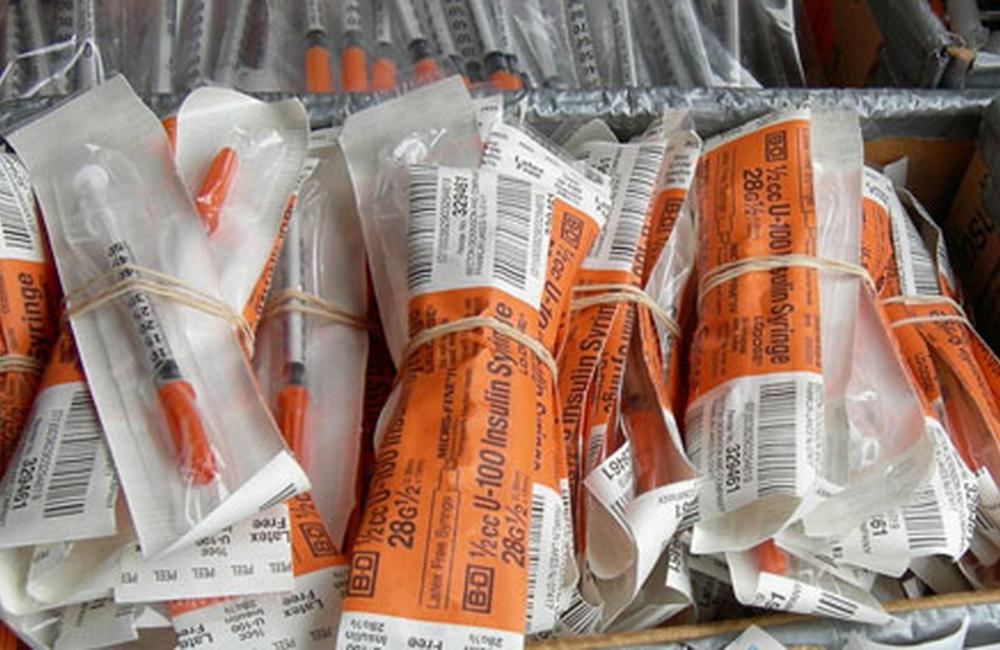
According to a mathematical analysis presented at the 19th International AIDS Conference (AIDS 2012) in Washington, DC, providing clean syringes to reduce HIV transmission among Americans who inject drugs is considerably less expensive than treating the new cases of HIV that would occur in the absence of this intervention.
Public health experts have built a substantial body of evidence regarding the effectiveness of syringe exchange programs as an HIV prevention strategy in settings where the sharing of injecting equipment is fuelling the epidemic. Yet legal, political and moral opposition to such programmes has limited their implementation in many countries to varying degrees.
The United States has gone as far as to ban the use of federal funding for syringe exchange programmes, despite the fact that the mode of transmission reported for 10% of that country’s new HIV infections is injecting drug use.
The study presented at the conference drew on US data to estimate how many new HIV infections might be prevented through syringe exchange programmes, and compared the anticipated cost of preventing those cases of HIV to the anticipated cost of treating the same number of cases.
Researchers concluded that it would cost US$19 million per year to increase per-injection clean syringe coverage from its current level of 2.9 to 5%, and that this would prevent 169 new cases of HIV per year. On the other hand, the lifetime cost of treating those 169 new cases would be US$66 million. (The model assumed that approximately 2500 infections occur each year as a consequence of sharing injecting equipment in the United States.)
Even more would be achieved with syringe exchange programmes implemented on a larger scale: 10% clean syringe coverage would cost US$64 million per year and would prevent 497 new cases of HIV per year, while also eliminating a lifetime treatment expenditure of US$193 million.
The study team called for the funding ban on syringe exchange programmes to be lifted, and for syringe exchange to be made an HIV prevention priority in the United States.
Nguyen TQ. Increasing investment in syringe exchange is cost-saving HIV prevention: modeling hypothetical syringe coverage levels in the United States. Nineteenth International AIDS Conference, Washington DC, abstract MOAE0204, 2012.
View the abstract on the conference website.
View the webcast on the conference website.
View the slides from the presentation on the conference website.
